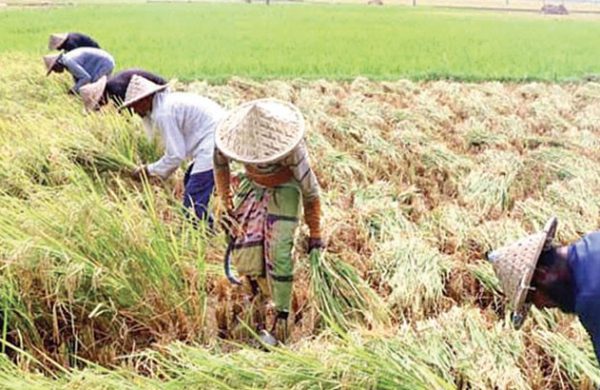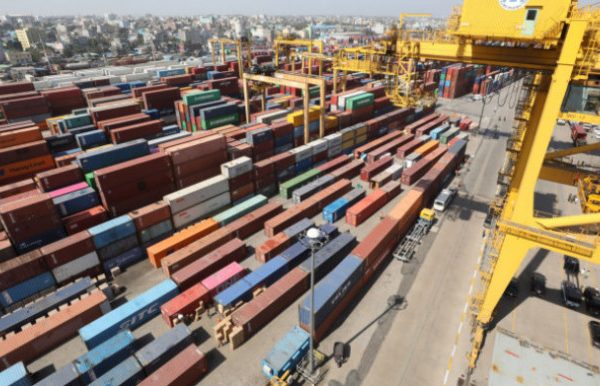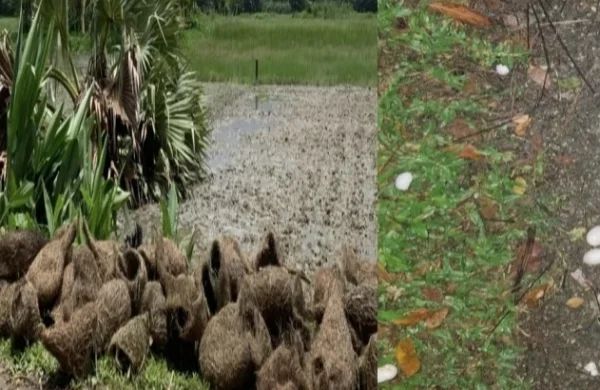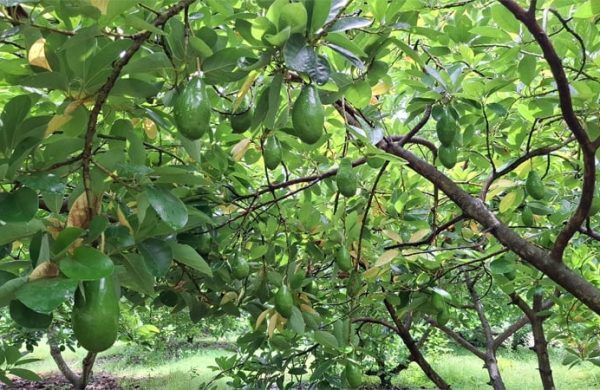Aush yield hits 4-year low in FY2025
- Update Time : Wednesday, May 21, 2025

TDS Desk:
Bangladesh’s Aush rice production has declined for the fourth consecutive year, falling to 2.7 million tonnes in FY25 from 2.9 million tonnes a year earlier.
The output had reached a record 3.2 million tonnes in FY21.
The area under cultivation also contracted to 0.94 million hectares in FY25 from 1.01 million hectares in the previous year and 1.30 million hectares in FY21, according to the Bangladesh Bureau of Statistics (BBS).
Bangladesh Rice Research Institute (BRRI) said Aush cultivation accounted for around three million hectares of land in the country back in the 1970s.
Experts have linked the sustained downturn to increasingly erratic weather patterns caused by global climate change, worsened by upstream river interventions by India, and a lack of climate-resilient rice varieties.
They warn that the decline in Aush season, which constitutes around 7.0-8.0 per cent of Bangladesh’s total annual rice consumption of 40 million tonnes, could strain national food security unless productivity in the two other growing seasons – Aman and Boro – is significantly ramped up.
“Recurring droughts in the March-May period have severely affected Aush cultivation, which is primarily rain-fed,” said Prof Dr Md Romij Uddin, an agronomist at the Bangladesh Agricultural University.
“The situation is exacerbated by the global climate change as well as the setting up of dams in the upstream rivers by neighbouring India, which creates droughts in March-May and floods during the June-August period, causing permanent damage to crops and farmland,” he said.
He also said Aush cultivation is now confined to a limited number of regions, most of which are particularly vulnerable to climate shocks.
Moreover, Dr Romij said drought conditions – intensified by the construction of upstream dams in India – have become a persistent threat to spring and early summer crops.
He proposed an urgent expansion of state-supported supplementary irrigation, especially in drought-prone regions, such as Rajshahi, Rangpur, Khulna, and Sylhet, to encourage farmers to persist with Aush cultivation.
Mohammad Moziball Hoque, a value chain analyst, said rice production must rise to over 47 million tonnes by 2050 across all three seasons to meet the needs of a projected population of 215 million.
“A continued decline in any one season is a red flag for national food resilience,” he said.
Delwar Jahan, founder of Prakritik Krishi, a platform promoting sustainable agriculture, said the disappearance of hundreds of indigenous Aush varieties, such as Kachalata, Bhadoi, Pukhi, Surjamukhi, Kala Manik, Sukti, Jhuma, and Shapahar, has reduced the sector’s climate adaptability.
These native varieties were known for their tolerance to multiple stress factors, he said.
“Only a few climate-resilient Aush varieties remain. These must be distributed more widely among farmers, particularly in coastal zones, where newer high-yielding varieties have failed to adapt effectively,” he said.
Jahan also said government rice research agencies should also develop stress-tolerant varieties following the local indigenous Aush ones.
Despite the current downward trend, the government has set an ambitious target of producing 3.8 million tonnes of Aush rice from 1.1 million hectares in FY26.















